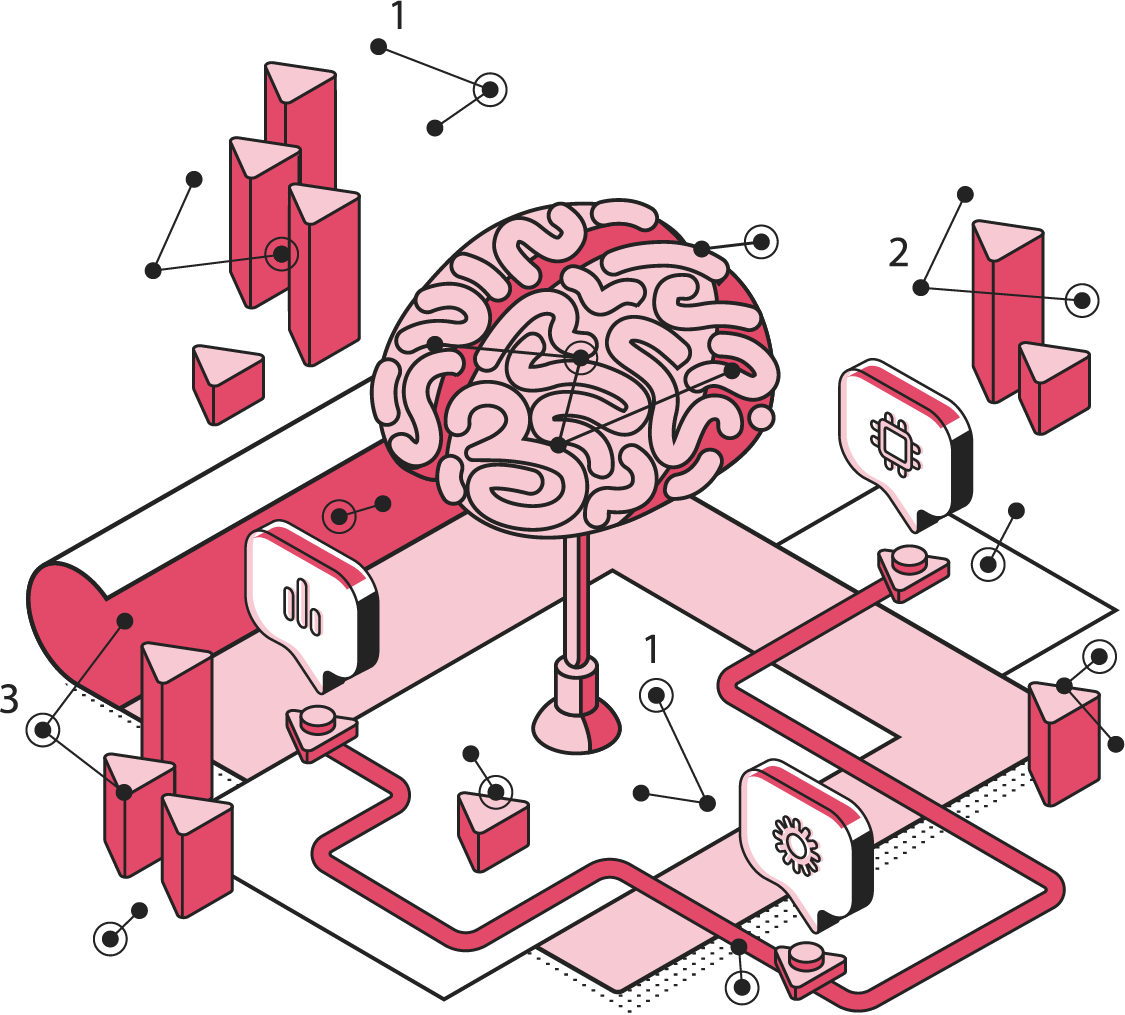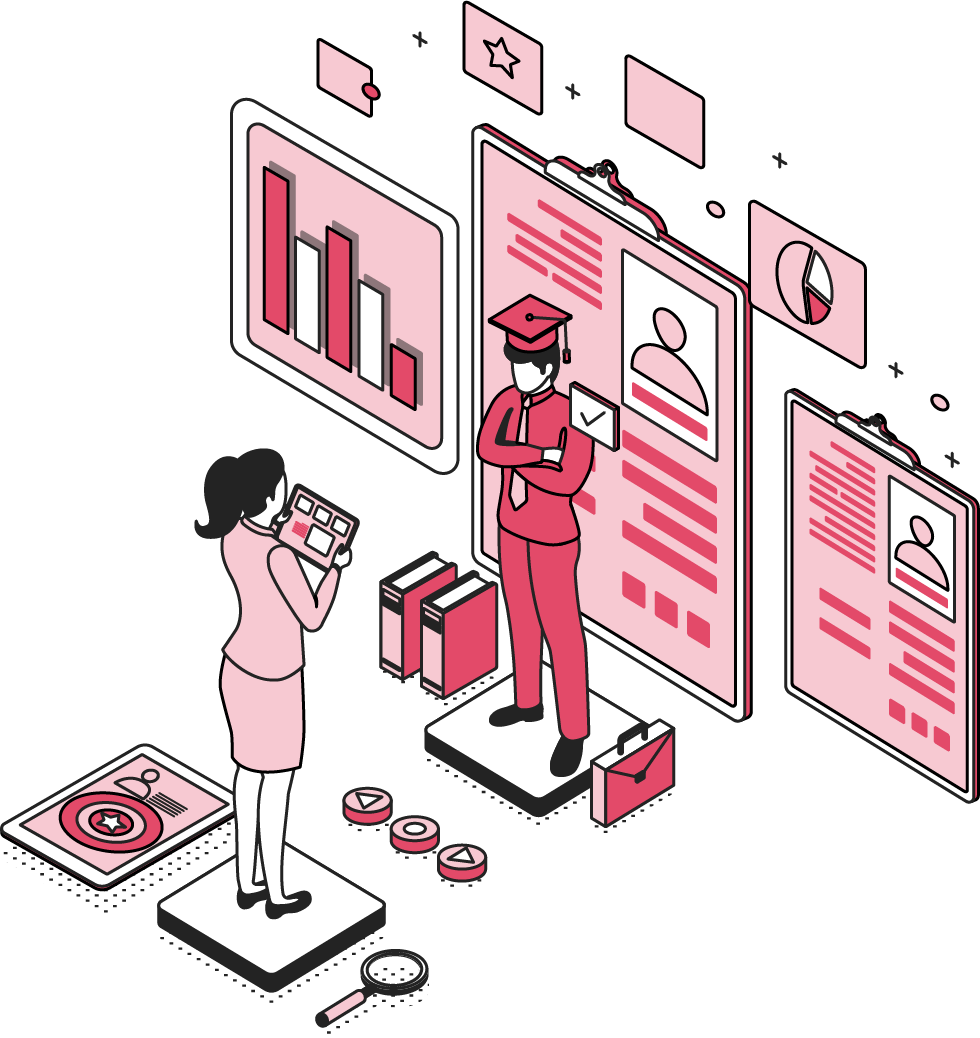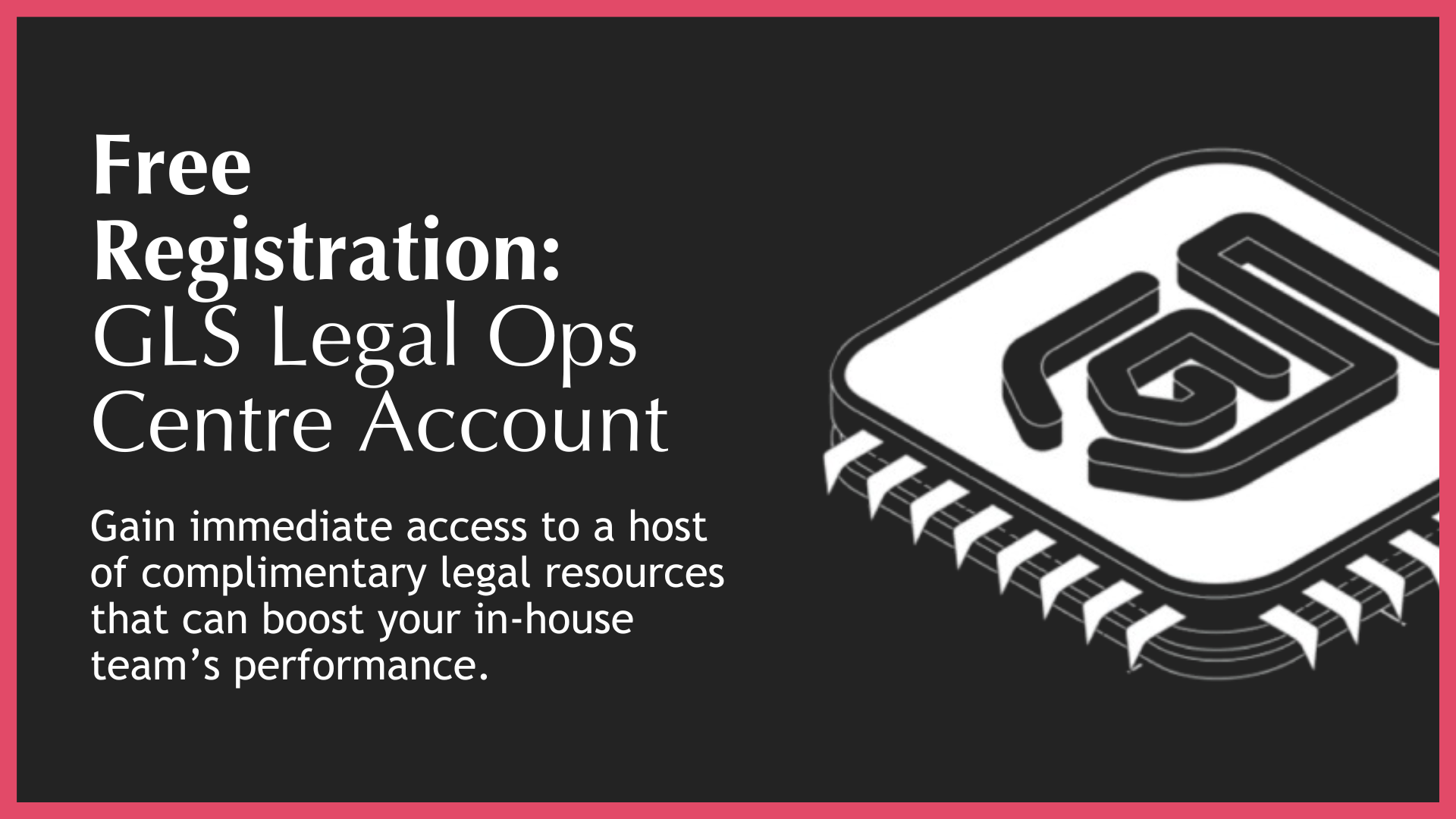The GLS Legal Operations Centre
The ultimate in-house legal department resource stack
Back
Roles & Responsibilities
What Is It
Roles & Responsibilities refers to the structured mapping of who does what within the compliance ecosystem - across legal, compliance, risk, audit, and business units. It’s the blueprint that ensures every compliance obligation has a clear owner, every escalation has a defined path, and every decision has accountability.
This station is about clarity. In complex organisations, compliance is inherently cross-functional. But without a clear delineation of roles, it quickly becomes fragmented, reactive, and vulnerable. Gaps emerge. Overlaps waste resources. And when something goes wrong, no one knows who was supposed to act.
Legal-led role mapping ensures that responsibilities are assigned based on risk, expertise, and defensibility. It also ensures that compliance is not just pushed to the business without support - or hoarded by legal without operational execution.
A well-defined Roles & Responsibilities framework is the connective tissue of your compliance function. It enables collaboration, accountability, and speed. It’s not just good governance - it’s operational survival.
Scope
The scope of Roles & Responsibilities typically includes:
◼️Mapping compliance obligations to specific roles across legal, compliance, and business units.
◼️Defining ownership for policy creation, implementation, monitoring, and reporting.
◼️Establishing escalation protocols for breaches, exceptions, and high-risk issues.
◼️Clarifying decision-making authority and approval thresholds.
◼️Aligning responsibilities with job descriptions and performance metrics.
◼️Ensuring cross-functional coordination and handoffs are documented.
◼️Integrating role clarity into onboarding, training, and governance frameworks.
◼️Reviewing and updating role maps as business or regulatory conditions evolve.
Resource Status
In GLS legal ops speak – the Roles & Responsibilities is considered a “Foundational” resource within the process ecosystem of an in-house legal team.
The Foundational Resource is a CRE that is responsible for determining the overall performance capabilities of a “critical” legal function. If it is not optimised, the function can never be optimised.
Best Practice Features
The best practice features of the GLP are as follows:
◼️Comprehensive role mapping across all compliance domains and functions.
◼️Documented ownership for each compliance obligation, with no ambiguity.
◼️Escalation pathways that are clear, fast, and defensible.
◼️Legal oversight to ensure alignment with regulatory interpretation and risk frameworks.
◼️Integration with HR systems to embed role clarity into job descriptions and performance reviews.
◼️Cross-functional collaboration protocols to manage shared responsibilities.
◼️Regular reviews to reflect changes in structure, regulation, or risk profile.
◼️Accessible documentation that is easy to reference and update.
Business Value
The Roles & Responsibilities station delivers the following value to the Business:
◼️Reduces compliance failures by ensuring every obligation has a clear owner.
◼️Improves operational efficiency by eliminating duplication and confusion.
◼️Accelerates issue resolution through defined escalation paths.
◼️Supports faster decision-making by clarifying authority and thresholds.
◼️Builds trust with regulators and stakeholders through defensible governance.
◼️Enables scalable compliance as the business grows or enters new markets.
◼️Reduces training costs by embedding role clarity into onboarding and development.
Legal Department Value
For the legal team, a clear Roles & Responsibilities framework reduces reactive firefighting and improves strategic oversight. It ensures that legal is not overburdened with operational tasks, while still maintaining control over regulatory interpretation and risk management. It also strengthens defensibility and improves collaboration with business units.
Who Needs It
The Roles & Responsibilities station is essential for:
◼️Legal Department Leadership
◼️Compliance Officers
◼️Risk Management Teams
◼️Internal Audit Functions
◼️Legal Operations Teams
◼️Board and Executive Leadership
Productivity Consequences
A legal team operating without a Roles & Responsibilities framework will face a wide range of inefficiencies including:
◼️Unclear accountability for compliance tasks and decisions.
◼️Overlapping responsibilities leading to wasted effort and confusion.
◼️Delayed issue escalation due to ambiguous ownership.
◼️Inconsistent compliance execution across departments or jurisdictions.
◼️Reduced credibility with regulators and internal stakeholders.
◼️Difficulty in measuring performance and enforcing accountability.
◼️Increased risk exposure due to missed or mismanaged obligations.
Tech Implication
While this station is not inherently tech-based, it has strong tech implications. Role clarity enables better configuration of GRC platforms, workflow tools, and compliance tracking systems. It also supports automation by defining task ownership and escalation logic. Integration with HR and governance systems ensures role maps remain current and actionable.

The GLS Legal Operations Centre
Register to access your complimentary Day 1 Resource Stack packed with legal team performance resources.

GLS Ultimate Guide To Legal Operations
Download this and read it thoroughly and regularly. It is a wonderful transformation companion.
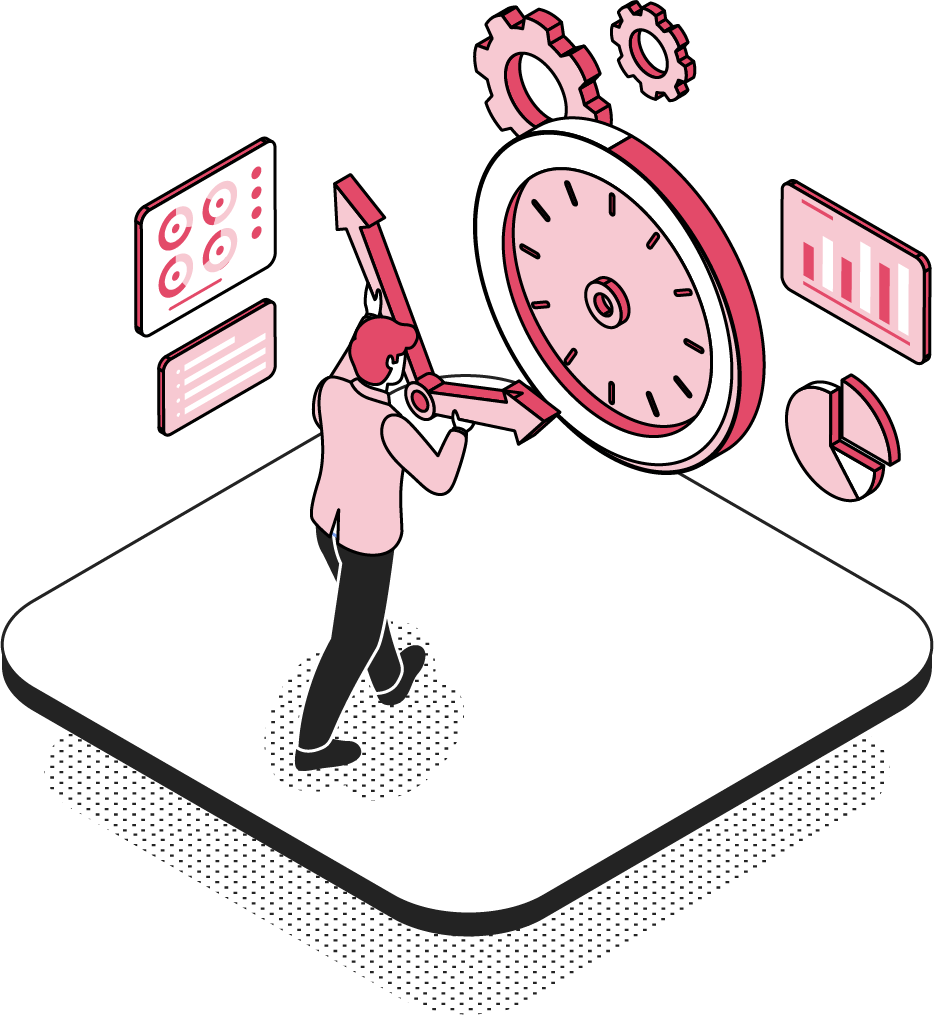
Book A No-Obligation Consultation
If you would like discuss your legal transformation needs, please book a 30 minute free consultation with us.
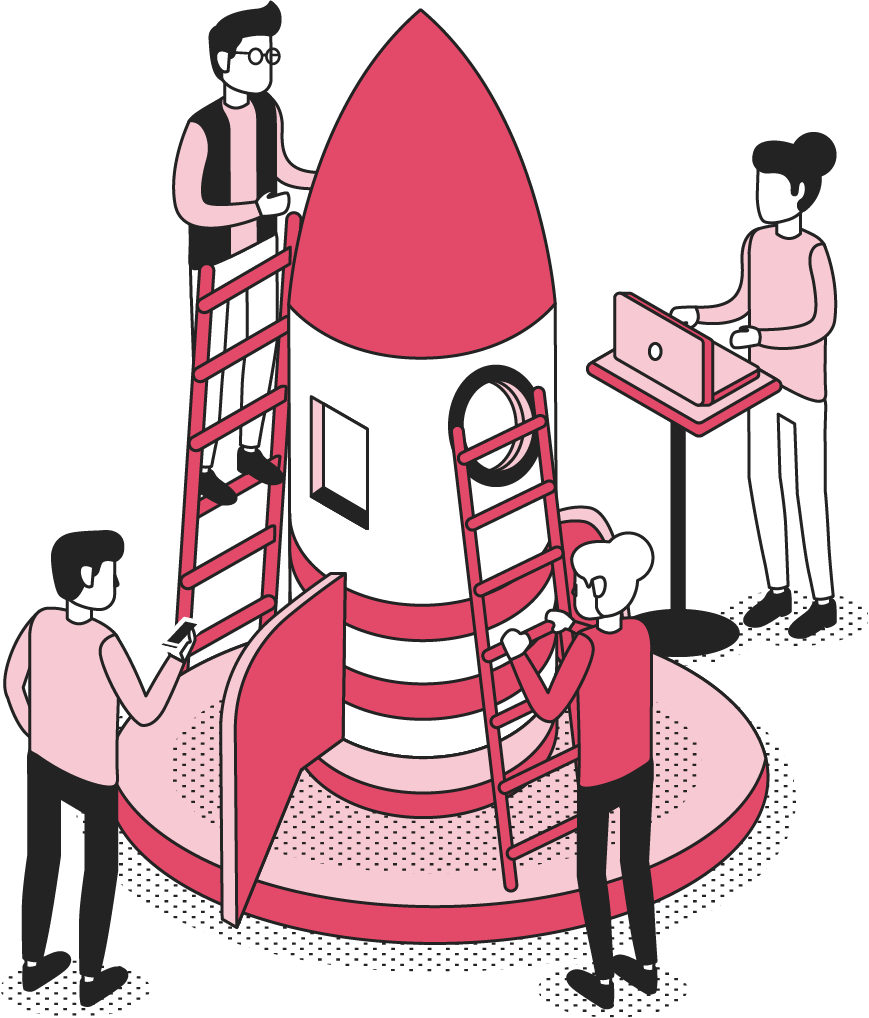
GLS Legal Transformation Boot Camp
Our hugely successful, 10-week long, email-based boot camp on how to effectively transform your legal team.
